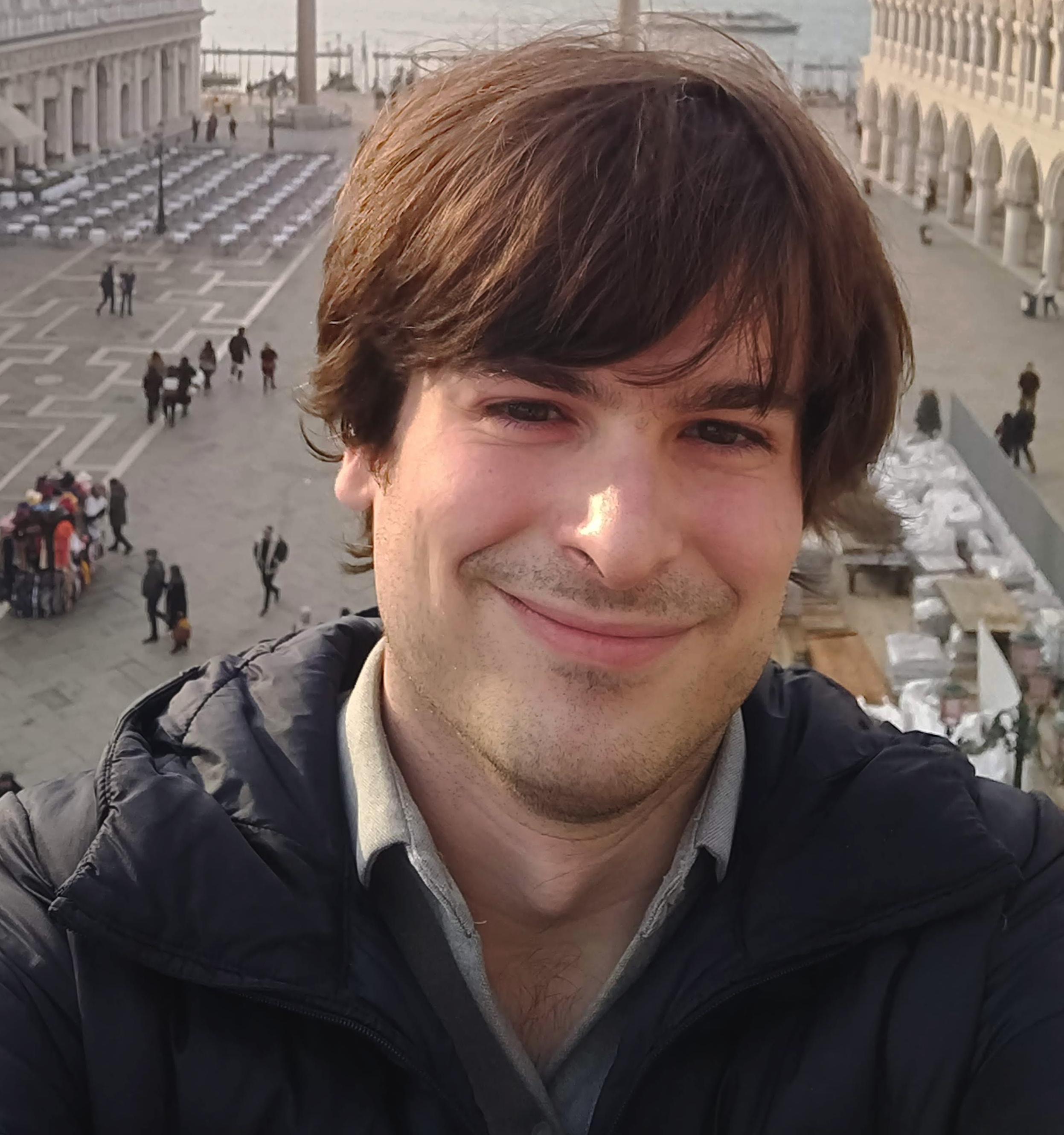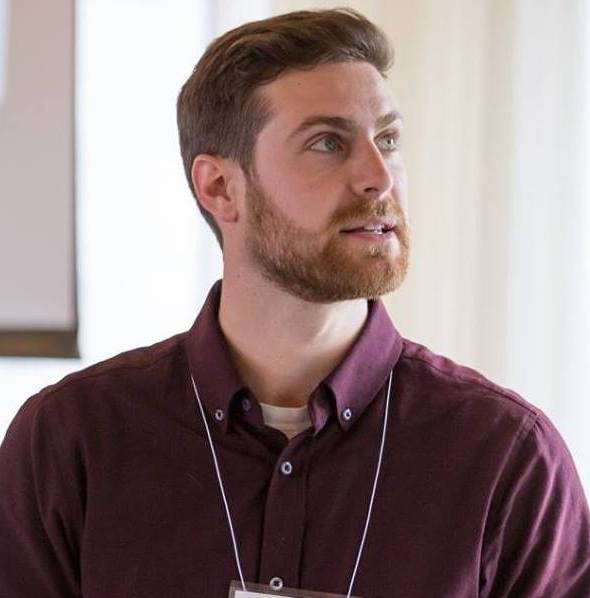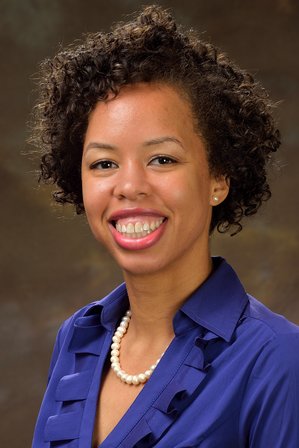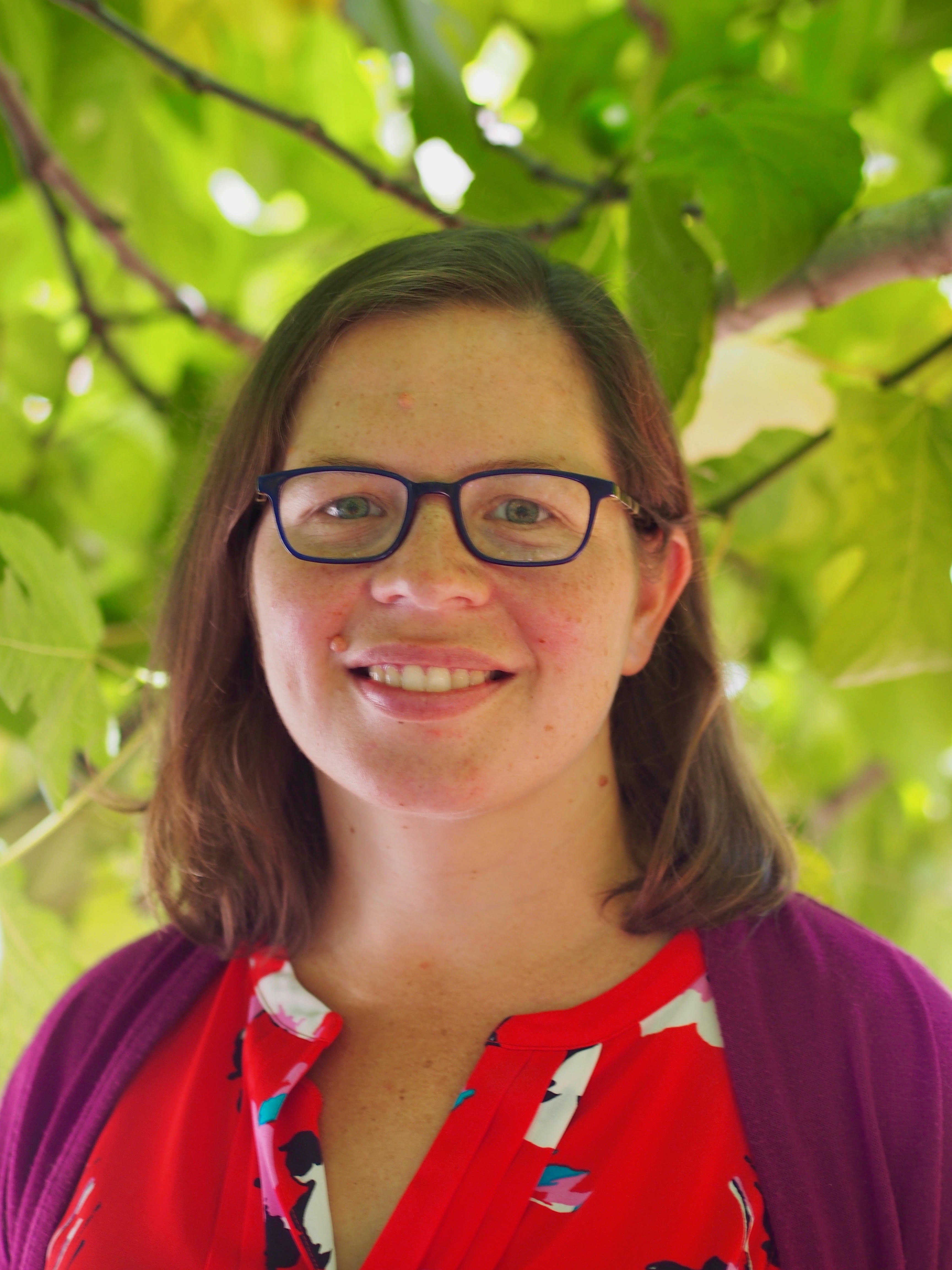Fall 2021 Seminar
Talks are 11:15 am - 12:00 pm on Thursdays in Hildreth-Mirza Great Room, unless
otherwise noted.
Dec 2, 2021

Building a model of glass dynamics from a
machine-learned structural variable
Sean Ridout,
University of Pennsylvania
Abstract: Many liquids, instead of crystallizing when cooled, form a “glass” — their dynamics
become slower and slower, eventually forming a solid, with no structural ordering. The theoretical
description of this transition has been long debated, in part because the appropriate description
of local structure in such disordered systems is unclear. Recently, simple machine learning has
been used to construct a local structural variable, the “softness” S, which correlates well with the
dynamics in such systems. S has a simple interpretation as a local energy barrier to rearrangement
for a given particle, and is predictive of particle rearrangements both in and out of equilibrium.
Here we build a theory of the dynamics of supercooled liquids and glasses in terms of S. By
measuring the changes in S induced nearby when a particle rearranges in MD simulations, we
quantify how rearrangements facilitate future rearrangements. We describe a class of stochastic
models which can incorporate these measurements, and show how time-reversal symmetry places
strong restrictions on the parameters of the model. This results in a theory of dynamics whose
parameters are well-founded in microscopic measurements and which can be used to predict the
growth of dynamical heterogeneity as the system is cooled.
Show/hide abstract.
August 26, 2021

Bistability in Bacterial Systems
Abstract: Bacteria, like all cells, construct proteins to do vital tasks. It is
essential to control which proteins are being constructed, and cells
do this mainly via special proteins called transcription factors. The
transcription factor network can be viewed as a dynamical system which
can exhibit stable fixed points and, under certain conditions,
bistability, where two distinct behaviors within a genetically
identical population can be observed. I will introduce the essential
biology for understanding these dynamical systems and then present a
classic example of a bistable 'epigenetic switch' from synthetic
biology. Then I will present some of our recent work on bacterial
growth in the presence of an antibiotic and discuss the clinical
implications of bistability.
Show/hide abstract.
Sept 9, 2021

Demonstration of Decentralized, Physics-Driven Learning
Sam Dillavou,
University of Pennsylvania
Abstract:
Artificial neural networks (ANNs) are flexible and powerful tools used in machine learning and artificial intelligence.
However, they function quite differently than their namesakes, neuron networks in the brain.
In the brain, neurons update their connections using local rules, whereas elements of an ANN are adjusted all at once, from an external controller like a central processing unit (CPU).
We have constructed a physical system - an electrical network of variable resistors – capable of learning a range of tasks.
Its elements obey simple rules like an ANN, and self-adjust during training like a biological network. Our physics-driven learning network does not `compute’ answers in a typical sense,
but rather produces them as a physical response – inputs are applied voltages and outputs are measured voltages elsewhere on the network.
As such a CPU is not required to train our system – it trains itself when exposed to data. This type of network may scale up more efficiently than ANNs,
prove useful for a variety of purposes like flexible sensors or controllers, and will allow us to explore the building blocks of learning in a fully understood system.
Show/hide abstract.
Sept 30, 2021

Impact into granular media: a collisional process
Abstract: Examples of granular materials exist in abundance, from rice and cereal to sand and rocks. These particulate systems seem simple; they consist of dry, rigid grains interacting by contact forces. However, granular materials present complexities that are not well-understood, such as disordered force networks that transmit forces among grains and flow behavior that can readily change between solid-like rigidity and fluid-like flow. Impact of a granular target by a solid projectile illustrates both of these aspects. In this talk I will discuss impact experiments in which we use high-speed video photography to probe the unique features of a granular medium. The momentum transfer from the projectile to the target occurs through intermittent, normal collisions with high force carrying grains at the projectile surface. Based on these observations, we determine a collision-based model to describe the drag force and interpret its grain-scale origin
Show/hide abstract.
October 14, 2021

Tuning into the Highest Energy Cosmic Neutrinos
Abstract: Neutrinos play a key role in multi-messenger astrophysics, a growing field that combines observations from neutrinos, photons, cosmic rays, and gravitational waves to build a complete picture of the particle accelerators and the extreme physics that drives them. The low expected flux of cosmic neutrinos drives the need for neutrino experiments to achieve larger exposures and improved sensitivity. Radio experiments can achieve such large exposures by taking advantage of the coherent broadband radio emission resulting from neutrino interactions in ice or rock. In this talk, I will review results from current radio experiments and discuss future concepts aimed at understanding cosmic engines and exploring particle interactions at the highest energies.
Show/hide abstract.




